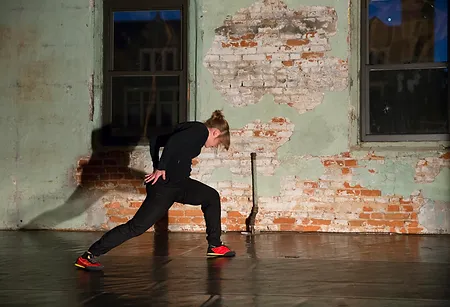

How To Get Funding For Creativity
Many people of art often face the problem when it seems that there are more ideas than money. Some ambitions are less grandiose, and some are very grandiose and costly. But unfortunately, it is not always possible to combine a highly-paid position with creativity, and sometimes such work is so exhausting that there is simply no strength left. In such cases, you should consider finding funding for your ideas. And here are some ways to do it.
Grants, Scholarships, and Prizes
Perhaps the most obvious piece of advice for creative people is to look for grants, scholarships, and competitions that you can win for money or equipment. Many organizations offer grants, scholarships, or prizes for specific creative work. You can search for them on the Internet or look at local councils. Prizes in competitions are usually not huge; however, they can be enough to cover the cost of paints, canvases, and other necessary things. The criteria might be pretty stringent, which is the only problem. To qualify, you or your work might need to fulfill a number of requirements. For instance, there are predetermined themes that you must follow in camera competitions.
Keep Working

Using your own money from your regular employment is the simplest approach to finance your creative endeavors. Many outstanding artists hold down full-time jobs and use their earnings to support their side hustles in the arts.
Making great work is not constrained by having a "real" job. Give your passion the respect it merits by setting aside a little portion of each paycheck for it. You'll have a little but decent budget to work with every few months.
Instead of seeing it as money wasted on a hobby, consider it an investment in your creative endeavors.
Consider Crowdfunding
Sometimes it will work if you use crowdfunding websites like Kickstarter, IndieGoGo, and others to raise money. However, they can be a great resource if you already have a product concept and only need to secure some startup funding to bootstrap your idea and start gaining traction.
These channels are fantastic low-risk alternatives to test your concept's viability and determine whether there is market demand. When there is, they assist you in organically increasing your brand recognition through early adopters and grassroots marketing.
CrowdRise, GoFundMe, and Inkubato are a few lesser-known crowdfunding websites to take into account, in addition to Kickstarter and IndieGoGo. When deciding which crowdfunding site to use, look for sites that have already supported initiatives similar to yours successfully.
Teach Others What You Know
If your artwork has a distinctive appearance or style, people will always be curious to know how you accomplish your tasks. The simplest route is starting a blog and writing a few tutorials about your work. Then, you can set up your blog to earn money.
By leading seminars, private courses, photo walks, or whatever else you can think of, you can also gain a little more practical experience. You'll always find individuals eager to pay you to share your knowledge and skills if you're good at what you do.